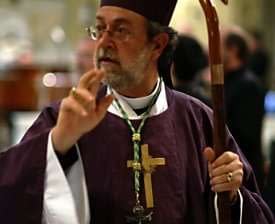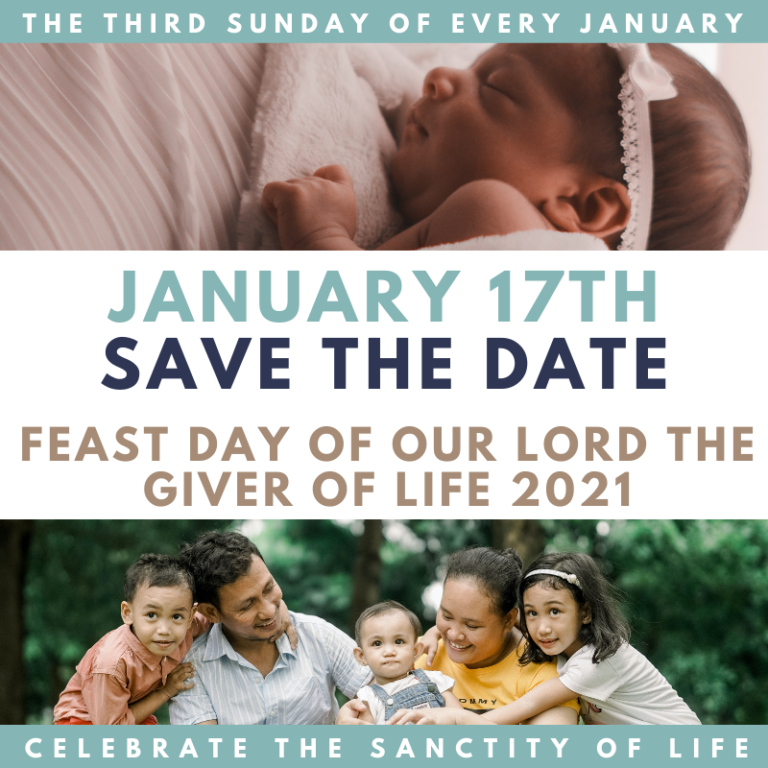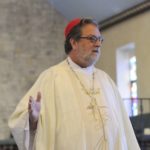
Seems to me like every pastor, preacher, and evangelist has discovered social media, and in particular, the ability to live stream. It might seem to be that way for me because so many of my “friends” and/or “contacts” on social medial are conservative Evangelicals, Orthodox, Anglicans, or Catholics. Of course, I also have a significant number of friends from my own denomination. Despite this, I have held back on becoming involved in social media. I don’t want to become another “talking head pastor.” I have instead tried to refer people to others who are doing an excellent job at leading people in prayer and worship. Many of them are ICCEC churches. I have also joined others during morning prayer, group gatherings, and Sunday mornings. What an encouragement these bishops, priests, and deacons have been to my family and me. Soon we will have link information on the various live streams on CEC-NA.
As I write this note to the ICCEC, the state of New York is the center of the pandemic in the United States. Not just in the United States but for the entire world. Today, there are 103,000 plus (and growing) cases in New York and most of those in the New York City Metropolitan Area. This does not include those in New Jersey and Connecticut. The center of the pandemic in New York City is Elmont, New York (a village of Queens County in New York City), which is less than ten minutes from my home. I have been told that because of my age, some respiratory and health issues, to stay home and have no contact with anyone outside. I am careful to follow these instructions.
I have decided that the Christian response to the pandemic is to submit and obey to those who have authority over us. Certainly, I do so for myself but also because if I were to test positive for COVID-19, I would be highly contagious and perhaps, even unknowingly, infect someone else. Although, I am disappointed that I cannot gather with my brothers and sisters for the daily Eucharist, daily prayers, and, more importantly, the Sunday Eucharist.
The decision of Churches to cancel public gatherings is the right decision. This has been the decision of every sacramental church from Rome to Anglicans. The major spiritual leaders of the historic churches have all called for a suspension of public gatherings, even for Holy Week and Easter. I encourage all of us to do the same.
It is important that we do not get infected but also that we don’t infect others. The best way to end this thing is social distancing and washing our hands frequently. And pray. Rather than “sing happy birthday,” I pray the Our Father and other prayers.
This forced quarantine has opened up a tremendous amount of time for me to pray and research the Scriptures. I have also enjoyed reading and, above all, listening to some great preachers. On Sunday, I make a list of those who have live-streamed their services and then during the week I will listen to one of the sermons each day of the week. I have connected with my own Cathedral and sign on to their virtual Eucharist every day at 12 p.m. EST. I am part of a small group of brothers and sisters who have been faithful in prayer. I have also joined prayer groups in Manila and Europe. The increased use of the internet in ministry, especially for evangelism, I believe, is something that will continue after the pandemic. I am excited about that and the potential to reach our friends and others with the Gospel.
As I listen to the government and medical officials, it is clear that this pandemic is far from over. In New York, the apex or peak has not happened yet, and it is predicted that the peak will fall somewhere between two weeks from now to the end of April. After that, there will still be a time when the virus will be active, and we will still have to stay home. “Back to normal” is several months away for New Yorkers. Leaders are telling us that the worst has not yet happened, and in the end the death toll could be as high as 200,000 or maybe more.
It means for most that we will not have public worship services for Palm Sunday, all Holy Week, and Easter Sunday. It means that our services will be almost entirely “live-streamed.” If you are a small church and can’t live stream, it is important that you find out if your Cathedral is live-streaming and encourage your people to join them online.
I had hoped that this deadly virus would have been over by Easter Sunday. How glorious it would be if that were true, and we could gather and sing the great hymns and songs of the resurrection together. How our souls would rejoice to hear the Gospel proclaim that the tomb is empty, and death is defeated. Above all, it would be brilliant to gather at the altar where we know Him in the breaking of the bread and join with all the saints in eternal worship. I cannot remember a time in my seventy years that I was not around the altar for the Feast of the Resurrection.
We need to remind ourselves that celebrating the Passion and Resurrection is something we do every Sunday. We are a people of the resurrection, and in the face of death, we are not afraid. We do not allow anxiety, worry, or fear take the place of prominence in our lives. And, even at the grave, we will sing our song “alleluia.” The truth is that this horrible pandemic is going to end. I believe they will discover both a cure and a vaccine. We will gather once again and praise God in our churches.
This Lent (the Lent of all Lents) teaches that through prayer, reading and study of scripture, fasting, repentance, helping the poor, and sacrificial giving, we allow our souls and bodies to be drawn into a deeper participation in the life and death of Christ. But these are not just principles for Lent; they are disciplines meant for our entire Christian walk with Jesus. If we are to follow Him (which is far more than believing in Him) we are daily to pick up our cross. We are to deny ourselves and humble ourselves. It is through the cross that we come closer to Jesus.
When this ends, I pray that we have brought ourselves and our churches into a deeper commitment to daily prayers, both as individuals and communities. How great it would be if there were growth in early morning prayer both at the church, in our homes, and on social media. I am even thinking of starting an online prayer group. To pray is to breathe the breath of God. To pray is to abide in Christ, knowing Christ lives in us and we in Christ. To pray is to abide with Jesus in the heavenly places.
When this ends, I pray that we renew our commitment to the reading, studying, and doing the Holy Scriptures. We are called to be disciples, and our churches are called to make disciples. I know of one church that is looking at developing an online campus of events and programs that people can participate in without leaving their homes. However, I also hope there is an increase in weekday home groups (relationship is part of discipleship). During this pandemic, I have a renewed understanding of the role Scripture plays in my day to day life. It is the sword of the Spirit and it is profitable to a righteous man. Every day, the Lord has spoken to me in His Word, and I have been equipped. I am more equipped to be an ambassador of Christ proclaiming in word and deed the ministry of reconciliation and not judgment. What a joy to have churches that have a Biblical world view and not a political or media-driven world view.
Fasting reminds us that the body is a great servant but a horrible leader. We are to be led by the Spirit, and weekly fasting is good for our soul. We sometimes laughed at the “no meat on Friday” obligation. We laugh because we saw it as “legalism.” But fasting one day a week is not such a bad thing. It is not necessary for salvation, but it is a good discipline to discipline the body and renew the Spirit. After this, Lent may we discover increase times of fasting not only individually and perhaps as a whole parish or a whole diocese. Not as a law, but as a means of moving more and more in the Spirit. I believe the Holy Spirit is going to move into the world with the message of God’s love and promise of eternal life.
We are not in need of repentance just during Lent. This isolation has turned me into the need to have my mind renewed repeatedly so that I am not conformed to the pattern of this world. Watching endless news conforms us to the world. I am thankful for the ability to confess my sins and have Him restore me day after day. Being able to look at the pandemic from the eyes of God enabled me to see how much I am loved, and we are loved. Hence, there has been caution, but no fear. I hope that the Churches and each of is renewed in our understanding that God has forgiven us, and we have a constant need to forgive those who have offended us. I hope there is a renewal of confession both in the Penitential order of the Liturgy. But I also hope for a renewal of private confession that will bring reconciliation and healing in our churches, homes, between individuals, and in our communities. What power will be released through this simple act of love. What power will be released when people look at us, and say, “we know they are followers of Jesus by their love for one another.”
The poor must be dear to our hearts, not only during Lent but throughout the whole year. In my times of prayer, I have had times of weeping thinking of the impact the pandemic is having and is going to have on the poor in our church in Africa, Pakistan, and Southeast Asia. How senseless was the hoarding behavior of people in the West? How we need to understand that the vast majority of Africa, Pakistan, and Southeast Asia have nothing to hoard. They already live day to day with no or limited medical care. How the poor live with the reality of cholera, malaria, yellow fever, dengue fever, and the HIV/AIDS epidemic. Malnutrition and starvation is a reality for millions in these areas. Finding clean water or proper sewage is difficult. Also, in some places the people cry not because the schools are closed but because there are no school. I hope this Lent has brought us to live a life with and for the poor. The poor, the widow, and the fatherless are dear to our God. How can we serve them?
There is also the poor right around us. We have discovered how many live-in fear. And fear leads to all kinds of addictions and destructive behavior. There are those around us who are spiritually empty and searching. I hope that our use of social media will not be to entertain the saved but to reach the lost. May we come out of the pandemic as an army that has a mission that so much greater than the need to survive.
I have determined myself that there are two types of people, and I have since modified that to believe there are three types of people. The first are takers. Takers live life to get what they can out of life. They believe that they are entitled to everything. So, they live taking as if they can take all their possessions with them. Their sin is that they treat people like things and things like people. Instead of loving people, they love things. The second group are buyers. These are people who appear as if they are givers. They are generous in giving gifts, particularly to those less fortunate than themselves. But they also expect complete loyalty, as each gift comes with a price. They are manipulators of the least. The third group are givers. Givers are determined to live a life for others. It is not what they can take out of life but what they put into life and especially the lives of others. They give not out of duty or with expectations but because they know that real blessing is in giving.
I pray this Lent has taught us about things that really matter in life. Those things that are important and will motivate us to become generous givers, especially to the work of the Lord through His Church. We should study what it means to be a giver – particularly Malachi 3.8-12. This is not only about giving but about trusting in our Lord God. It is the beginning of living a life knowing for certain it is God who is our protector and provider. When the next crisis comes, we will not fear for we will know, not just believe, He is with us.
I believe in the Liturgical calendar. I enjoy keeping the Liturgical calendar. The time of Holy Week, Easter, the Ascension, and Pentecost are my favorites. I am going to miss the traditions and liturgies this year. But we all know that we are called to live in between Pentecost and the Second Coming. We are called to be Resurrection people in the midst of a dying world. I hope Lent transformed us individually, as families, and a Church community.
I don’t expect the world to be different and churches to be packed after the pandemic is over. It is like believing that was going to happen after 9/11. Nor is it any different than expecting that the Sunday after Easter is going to be as well attended as Easter. But I do hope that we, the people of God, will have been revived and renewed, and on fire to bring the Gospel outside of the church. May the suffering of this pandemic motivate us to live the three streams of being charismatic, evangelical, and sacramental in order to glorify Christ and lead others in the way of salvation.
Christ is risen from the dead. Trampling down death by death, and upon those in the tombs bestowing life.
Under His mercy,
+Craig W. Bates,
Patriarch
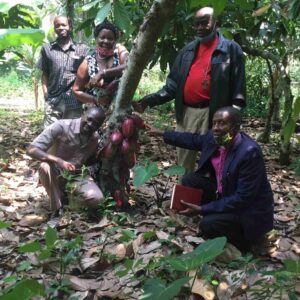 Since the foundation of the ICCEC was laid in the early days, the Church in North America, under the direction of the Bishops, has taken up an offering for the development of the ICCEC around the world. As a result of this offering, churches have been established or planted in Europe, Asia, South America, Africa, and Asia. As the offering developed, the funds were distributed to various territories. The one exception has been in Africa, where we have vibrant churches, missions, and ministries in Nigeria, Rwanda, Kenya, Tanzania, Malawi, Uganda, and Sudan. Therefore, the North American Church has decided to give all its mission resources to Africa.
Since the foundation of the ICCEC was laid in the early days, the Church in North America, under the direction of the Bishops, has taken up an offering for the development of the ICCEC around the world. As a result of this offering, churches have been established or planted in Europe, Asia, South America, Africa, and Asia. As the offering developed, the funds were distributed to various territories. The one exception has been in Africa, where we have vibrant churches, missions, and ministries in Nigeria, Rwanda, Kenya, Tanzania, Malawi, Uganda, and Sudan. Therefore, the North American Church has decided to give all its mission resources to Africa.


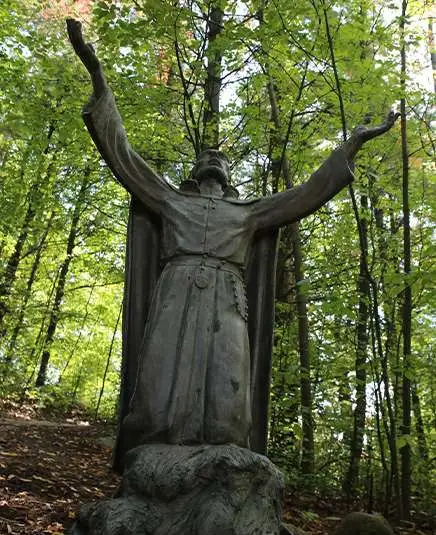

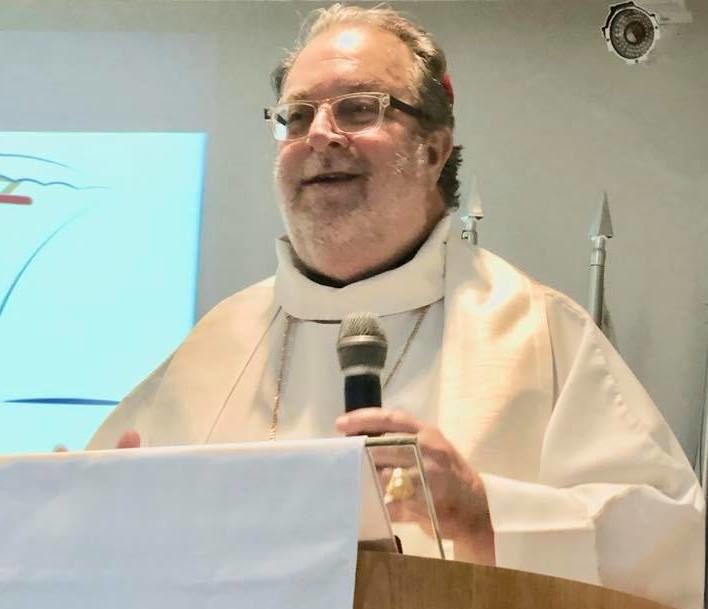
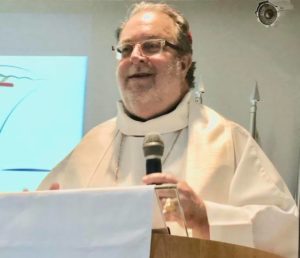 Dear Brothers,
Dear Brothers,
